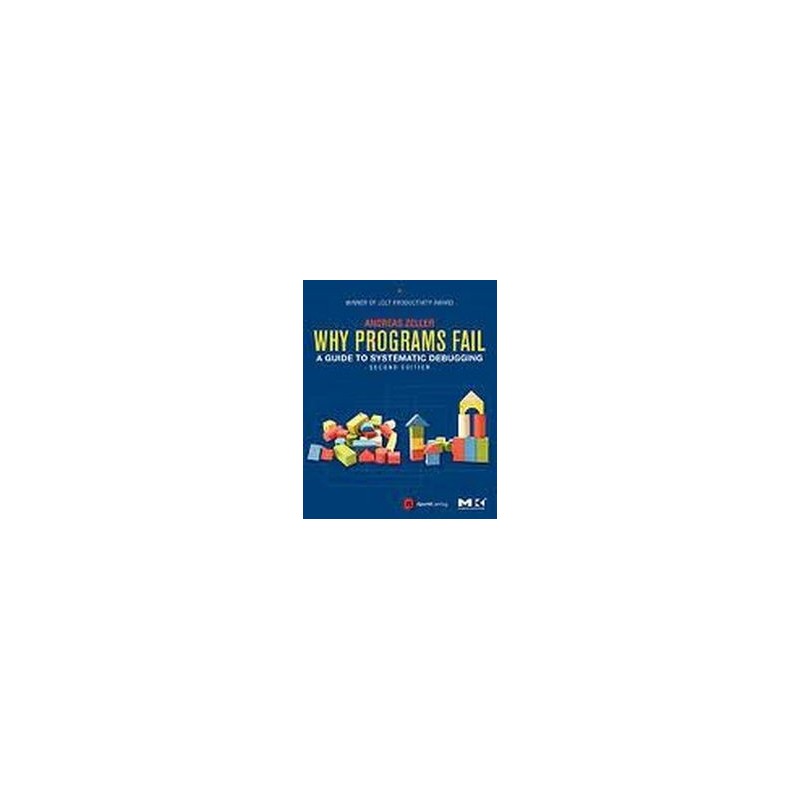- Obecnie brak na stanie



Brak towaru
Brak towaru
Koszyk na sześć baterii 1,5V typu AA (R6, paluszek) połączonych szeregowo (9V). Przewody połączeniowe o długości 15 cm. Pololu 1156
Brak towaru
Płytka prototypowa, która umożliwiaja podłączenie modułu Raspberry Pi CM3 - Compute Module 3. Jest wyposażona w 120 pinów GPIO, port HDMI, port USB, 2x port microUSB, dwa porty kamery oraz dwa porty wyświetlacza
Brak towaru
Brak towaru
Brak towaru
Zintegrowany, wbudowany systemem SOM (System on Module) ARM, wyposażony w procesor TI AM3354 z rdzeniem ARM Cortex-A8, 512 MB DDR3 SDRAM, 512 MB Nand Flash i Gigabit Ethernet PHY oraz interfejsy obsługujące protokoły PRU/ICSS w czasie rzeczywistym. MYiR MYC-AM3354
Brak towaru
Brak towaru
Brak towaru
Moduł GPS z układem u-blox ZED-F9R. Wykorzystuje Automotive Dead Reckoning (ADR). Zapewnia dokładną pozycję poprzez połączenie 3D IMU, modelu dynamiki pojazdu, danych korekcyjnych i GNSS. SparkFun GPS-18719
Brak towaru
Zestaw akumulatorów Panasonic Eneloop R03/AAA o pojemności 800mAh oraz napięciu 1,2V. Zestaw zawiera osiem sztuk sprzedawanych w opakowaniu wielokrotnego użytku. Panasonic BK-4MCCE/8LE
Brak towaru
Zestaw AVT do samodzielnego montażu 3-osiowego generatora CNC. AVT5422 B
Brak towaru
Filament firmy ROSA3D wykonany z wysokiej jakości granulatu PLA. Na szpuli nawinięte jest 0,5 kg filamentu o średnicy 1,75 mm. Świeci w ciemności na kolor zielony. ROSA3D PLA Starter Glow in the Dark Green
Brak towaru
Brak towaru
Brak towaru
Shield z czujnikami MEMS: akcelerometrem, żyroskopem, magnetometrem, czujnikiem ciśnienia, wilgotności i temperatury. Shield przeznaczony jest do pracy z płytkami z rodziny STM32 Nucleo (złącze zgodne ze standardem Arduino UNO R3). Czujniki używają do komunikacji interfejsu I2C. STMicroelectronics X-NUCLEO-IKS01A3
Brak towaru

